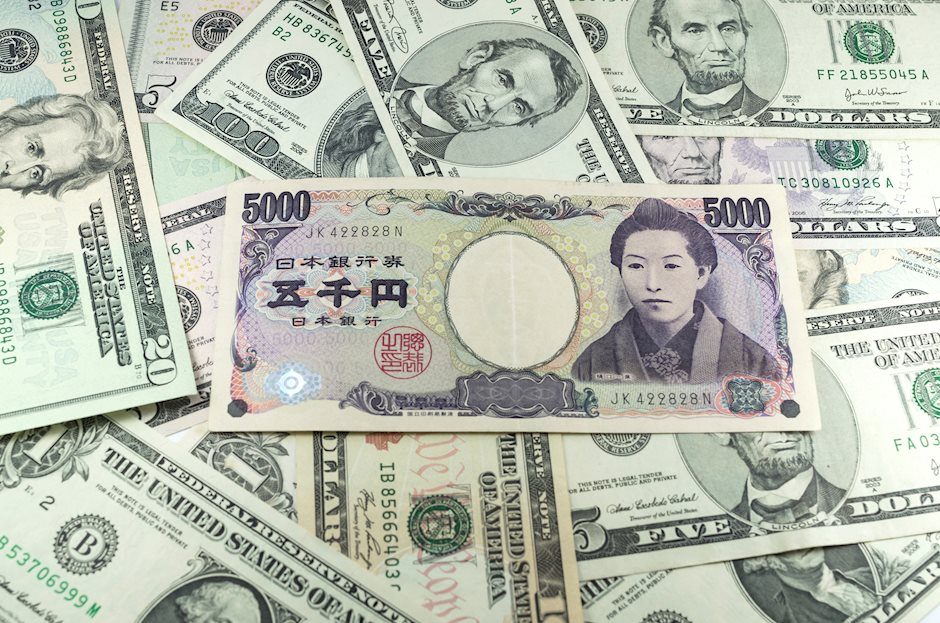USD/JPY slides further to 156.00 on firm BoJ rate-hike bets
- USD/JPY weakens to 156.00 as BoJ rate-hike bets surge.
- The BoJ is expected to raise interest rates further by 10 bps as inflation remains above 2%.
- Investors await the US data for fresh guidance on interest rates.

The USD/JPY pair tumbles to near 156.00 in Tuesday’s American session. The asset weakens as the Japanese Yen (JPY) strengthens amid expectations that the Bank of Japan (BoJ) will tighten its monetary policy further in its July monetary policy meeting.
Economists expect that the BoJ will raise interest rates further by 10 basis points (bps). The expectations for the BoJ to hike borrowing rates further are prompted by steady inflation above bank’s target of 2%. In June, annual National Consumer Price Index (CPI) rose steadily by 2.8%.
The core CPI, which excludes volatile food and energy items, accelerated to 2.2% from the former release of 2.1%. National CPI, excluding Fresh Food, grew slower by 2.6% from the estimates of 2.7% but remained higher than the former release of 2.5%.
BoJ policymakers remain worried about rising inflation due to the weak Japanese Yen. Weak yen has resulted in higher exports making them more competitive in global markets.
Meanwhile, the appeal of the US Dollar (USD) improves as a safe haven due to increasing risk aversion. The US Dollar Index (DXY), which tracks the Greenback’s value against six major currencies, rises to near 104.50.
This week, investors will focus on the United States (US) Q2 Gross Domestic Product (GDP) and the Personal Consumption Expenditure Price Index (PCE) data for June. The economic data will provide cues about when the Federal Reserve (Fed) will begin reducing interest rates.
(The story was corrected on July 23 at 13:20 GMT to say in the first bullet that "USD/JPY weakens to 156.00 as BoJ rate-hike bets surge", not rate-cut bets.)
Japanese Yen FAQs
The Japanese Yen (JPY) is one of the world’s most traded currencies. Its value is broadly determined by the performance of the Japanese economy, but more specifically by the Bank of Japan’s policy, the differential between Japanese and US bond yields, or risk sentiment among traders, among other factors.
One of the Bank of Japan’s mandates is currency control, so its moves are key for the Yen. The BoJ has directly intervened in currency markets sometimes, generally to lower the value of the Yen, although it refrains from doing it often due to political concerns of its main trading partners. The current BoJ ultra-loose monetary policy, based on massive stimulus to the economy, has caused the Yen to depreciate against its main currency peers. This process has exacerbated more recently due to an increasing policy divergence between the Bank of Japan and other main central banks, which have opted to increase interest rates sharply to fight decades-high levels of inflation.
The BoJ’s stance of sticking to ultra-loose monetary policy has led to a widening policy divergence with other central banks, particularly with the US Federal Reserve. This supports a widening of the differential between the 10-year US and Japanese bonds, which favors the US Dollar against the Japanese Yen.
The Japanese Yen is often seen as a safe-haven investment. This means that in times of market stress, investors are more likely to put their money in the Japanese currency due to its supposed reliability and stability. Turbulent times are likely to strengthen the Yen’s value against other currencies seen as more risky to invest in.
Author

Sagar Dua
FXStreet
Sagar Dua is associated with the financial markets from his college days. Along with pursuing post-graduation in Commerce in 2014, he started his markets training with chart analysis.

















